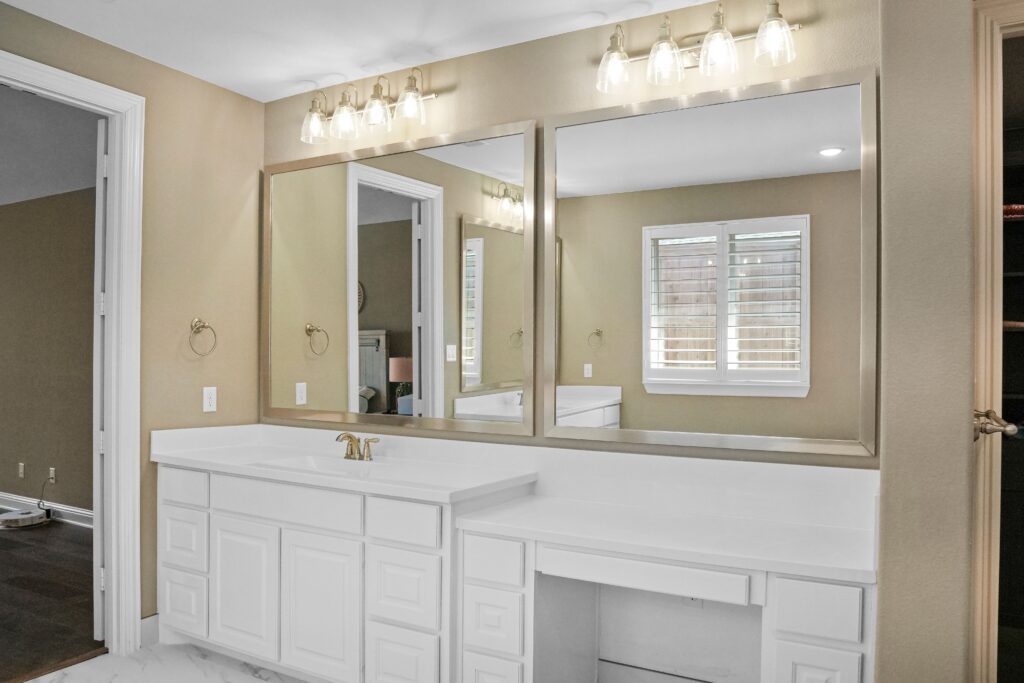
How to Budget for a Home Remodel Without Sacrificing Quality
Learn the 10 steps to best budget for a home remodeling without having to sacrifice on the quality of your home remodeling project!
1. Set Clear Goals and Prioritize
Begin by identifying the areas of your home that require renovation and prioritize them based on necessity and impact. This approach ensures that essential improvements are addressed first, allowing for better allocation of resources and avoiding overspending on less critical aspects.
2. Establish a Realistic Budget with a Contingency
Research the average costs of materials, labor, and permits in your area to formulate a realistic budget. It’s advisable to set aside a contingency fund of about 10-20% of your total budget to cover unexpected expenses that may arise during the remodel.
3. Obtain Multiple Estimates
Solicit multiple estimates from contractors to compare prices and services. This practice not only provides a broader perspective on market rates but also helps in selecting a contractor who offers the best value without compromising quality.
4. Decide Between DIY and Professional Services
While some tasks may be suitable for DIY, such as painting or minor landscaping, certain aspects like electrical work or plumbing should be left to professionals. Hiring experienced contractors ensures quality and safety, potentially preventing costly mistakes in the long run.
5. Optimize Material Costs
Look for local suppliers or wholesalers who offer competitive prices on high-quality materials. Consider alternatives to expensive materials, such as laminate flooring instead of hardwood or quartz instead of granite countertops, which can provide a similar aesthetic at a lower cost.
6. Repurpose and Refurbish Existing Elements
Before discarding existing fixtures or furniture, assess whether they can be repurposed or refurbished. Refinishing cabinets, reupholstering furniture, or applying a fresh coat of paint can rejuvenate your space without the expense of complete replacements.
7. Invest in Energy-Efficient Upgrades
Incorporating energy-efficient appliances, windows, and insulation during your remodel can lead to significant long-term savings on utility bills. These upgrades not only enhance comfort but also add value to your home.
8. Plan for Future Maintenance
Select durable materials and finishes that require minimal upkeep to save time and money in the future. Regular maintenance and inspections can also help prevent costly repairs down the line.
9. Explore Tax Credits and Incentives
Investigate available tax credits, rebates, or incentives for energy-efficient upgrades or home improvements in your area. These financial incentives can help offset some of the initial costs of your remodel, making it more affordable in the short term.
10. Avoid Scope Creep
Stick to your original plan and avoid unnecessary additions or changes once work has begun. Scope creep—adding more projects or features than originally planned—can quickly inflate your budget and extend the timeline of your remodel.
By following these strategies, you can achieve a high-quality home remodel that aligns with your financial goals. At Build Strong Construction & Remodeling, we’re here to assist you every step of the way. Contact us today to discuss your project and discover how we can help bring your vision to life without compromising on quality.